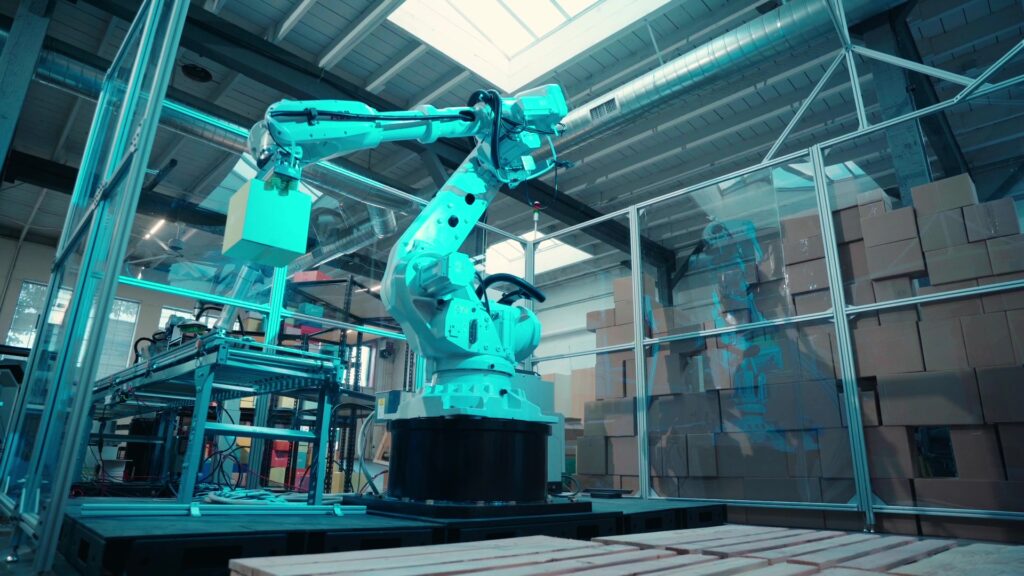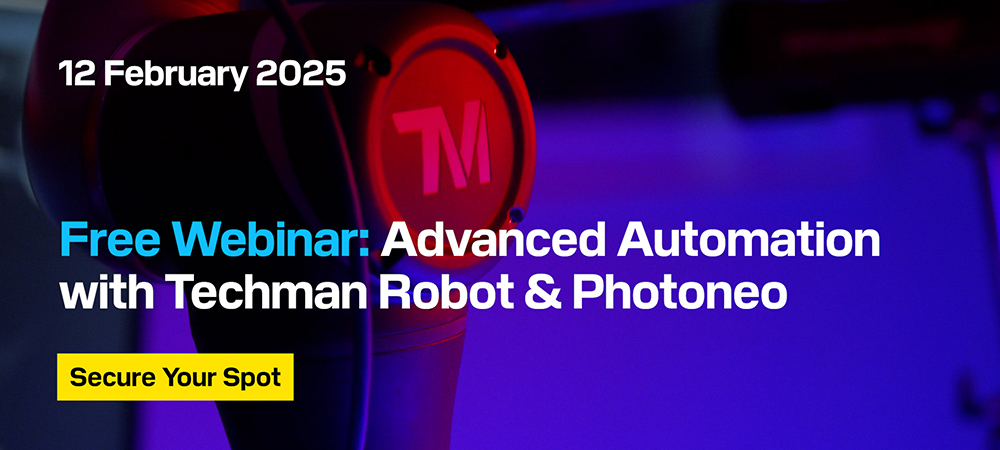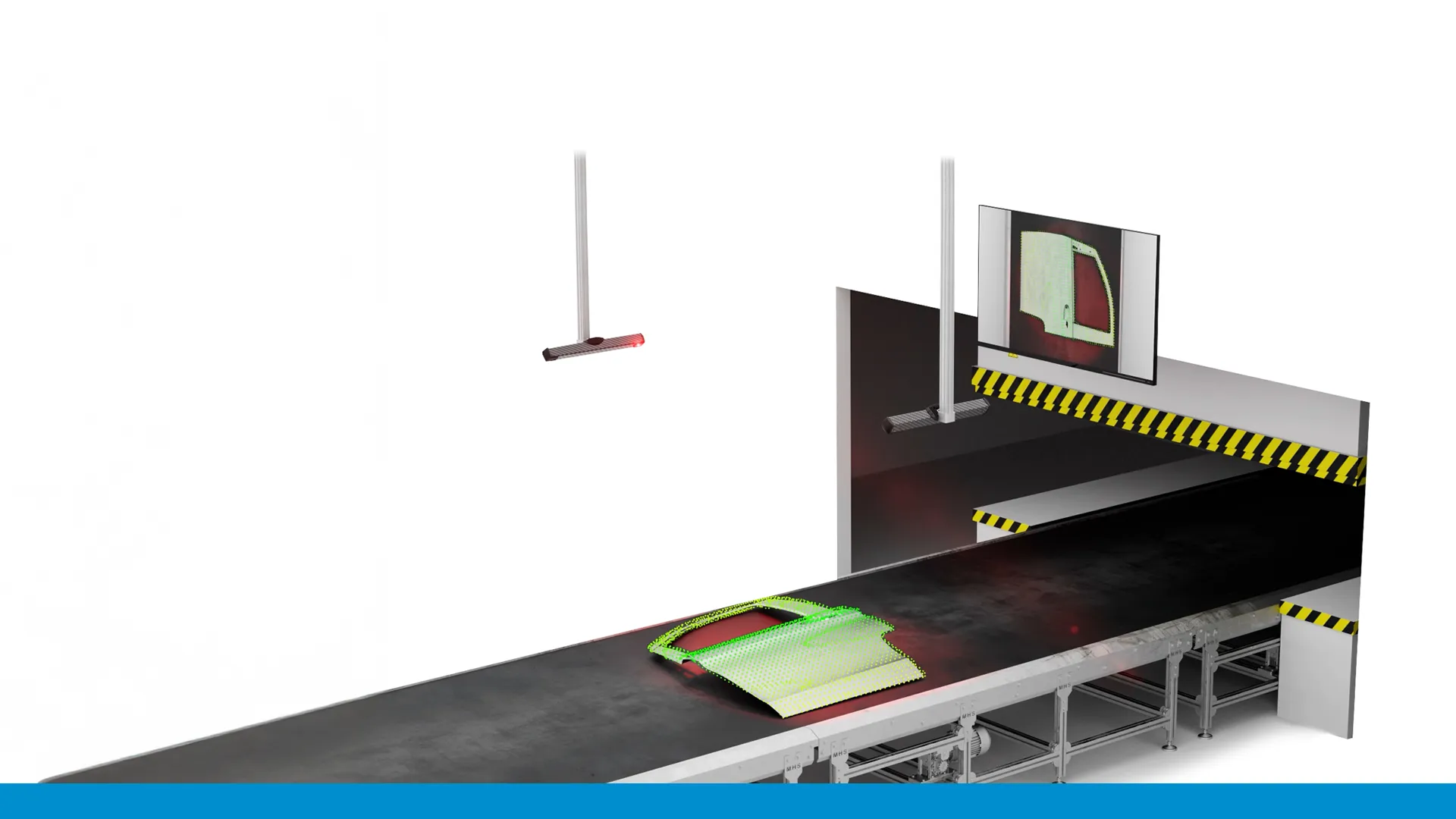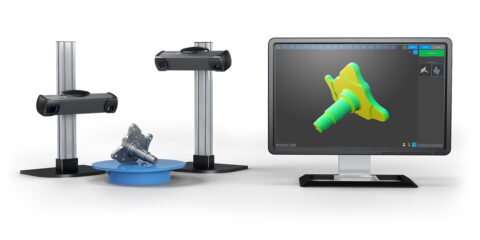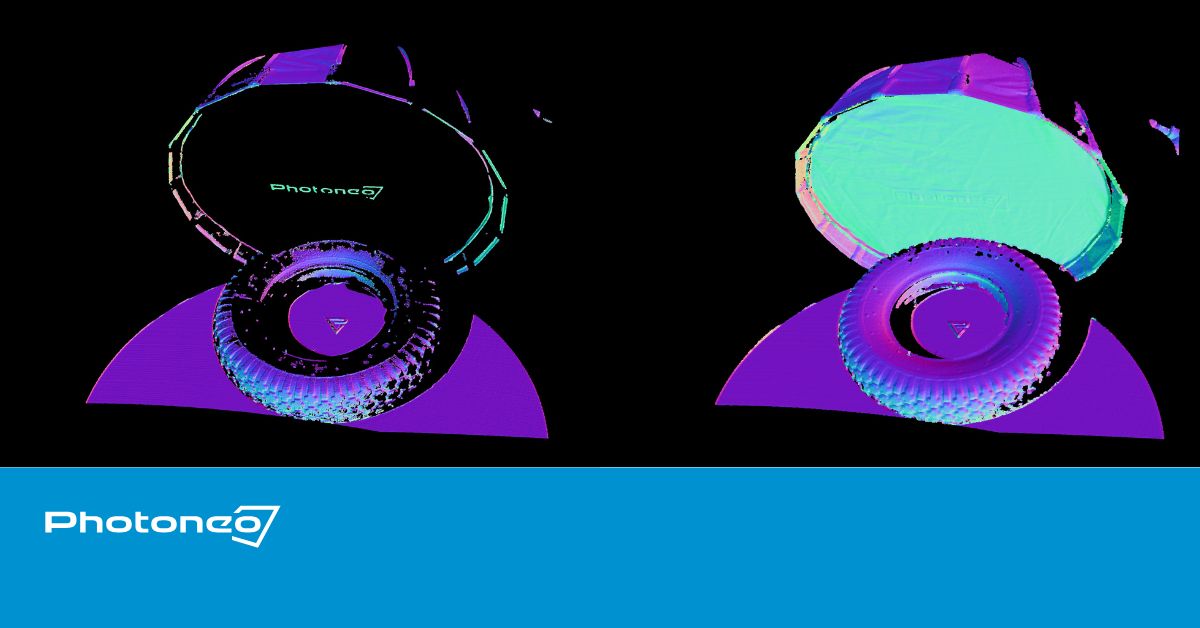Photoneo Blog
Let's talk about machine vision & smart automation
Latest articles
Key Milestone Unlocked: Photoneo is Now Officially Part of Zebra Technologies
Photoneo has officially become a part of Zebra Technologies, marking a significant leap forward in the world of 3D vision and intelligent automation.
Enter The Industry 4.0: How 3D Vision Enables R&D Centers
In this interview, Intemac Solutions, a forward-thinking R&D center, shares their experience of how 3D vision technology from Photoneo is helping them overcome key challenges and take significant strides toward building a fully autonomous Industry 4.0 factory.
Machine Vision Systems: From Industry Applications to Cost Implications
From simple inspections to complex robotic guidance, let’s explore the key differences between these technologies and their fit for your industry, desired application, or budget.
Join The Experts: Free Photoneo And Techman Robot’s LIVE Webinar
Discover how the seamless integration of Photoneo 3D vision systems with Techman cobots can streamline your operations by minimizing setup time, reducing complexity, and achieving unparalleled precision.
2D or 3D? Finding the Perfect Machine Vision Fit For Your Application
2D or 3D vision? This guide explores the advantages and applications of 2D and 3D machine vision systems, highlighting when each should be employed to optimize processes and enhance quality control.
Inside Machine Vision Systems: How 2D and 3D Vision Works?
2D and 3D vision systems are essential in various industries, particularly manufacturing, robotics, and automation. Based on the dimensional data they capture and analyze, they serve different purposes. Let’s break down how both of these systems work.
Photoneo Partners With Neousys: 3D Vision-Guided Robotics, Even In Extreme Conditions
We are happy to announce a new strategic partnership with Neousys, a leading provider of rugged embedded systems.
Impact of Lighting Conditions on Machine Vision Performance: How to Perfect Your 3D Scanning
The importance of lighting in machine vision applications is paramount. Even the most advanced 3D vision systems are sensitive to lighting conditions. Uncontrolled light, whether too bright, too dim, or unevenly distributed, can hinder the scanner's ability to capture clean, accurate images of the subject.
Photoneo and Yaskawa Partnership: Pioneering the Future of Logistics Automation
By merging Photoneo's state-of-the-art 3D vision technology with Yaskawa's robust robotic systems, we are setting new standards for automation in warehouses and distribution centers. But how did the entire journey materialize? It all starts with PackMaster.
